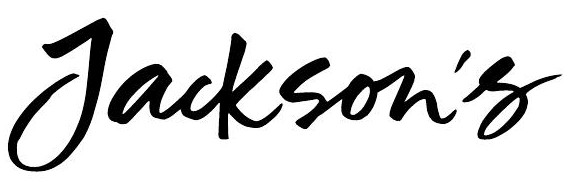Testing Ampersand Claybord in Painting, Drawing, Printmaking and More
It seems like an impossible feat to find an artist’s surface that works with virtually all mediums, yet the Ampersand Claybord fulfills it. The ingenious surface is archival, acid-free, and warp-proof, with a highly absorbent, smooth finish that works beautifully with an array of techniques and materials. In this review, I tested the Claybord with the widest range of mediums I’ve ever used for a single review – acrylic, oil, ink, watercolour, printmaking, graphite, coloured pencil, markers, and collage. Testing Ampersand Claybord in Painting, Drawing, Printmaking and More About the Ampersand Company The invention that marked the beginning of the Ampersand company was the Claybord itself. This unique coated artists’ panel was invented by Charles Ewing, who sought to create a rigid surface for his own artworks that would allow for a combination of ink and scratchboard techniques. He was friends with Elaine Salazar, a graduate student at the University of Texas. She believed in the potential of the Claybord with her background in art history, and alongside three classmates won a national business competition with their plan for the development of the Claybord. The prize allowed them to found Ampersand with Charles and his wife, Barbara, in …
The post Testing Ampersand Claybord in Painting, Drawing, Printmaking and More appeared first on Jackson’s Art Blog.










